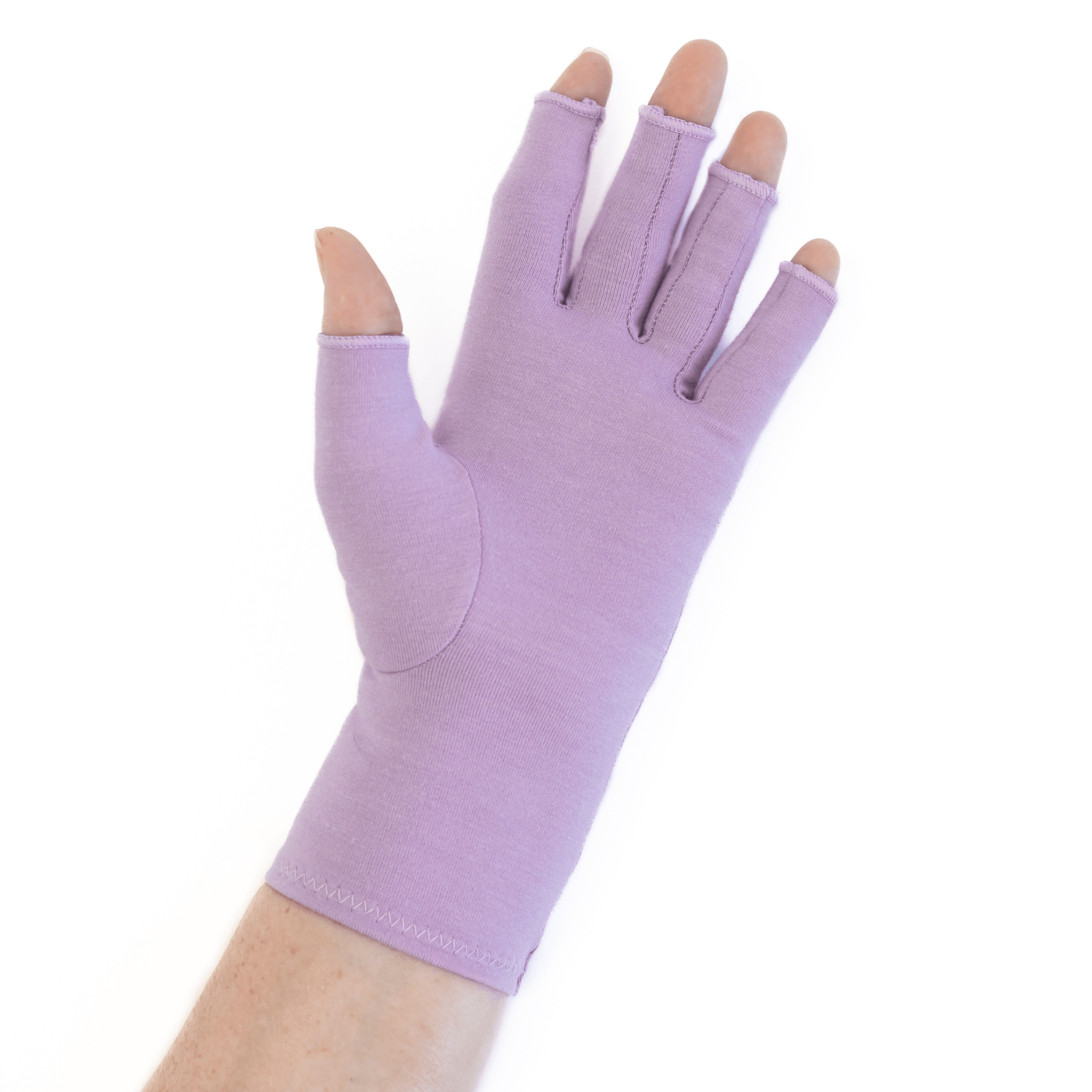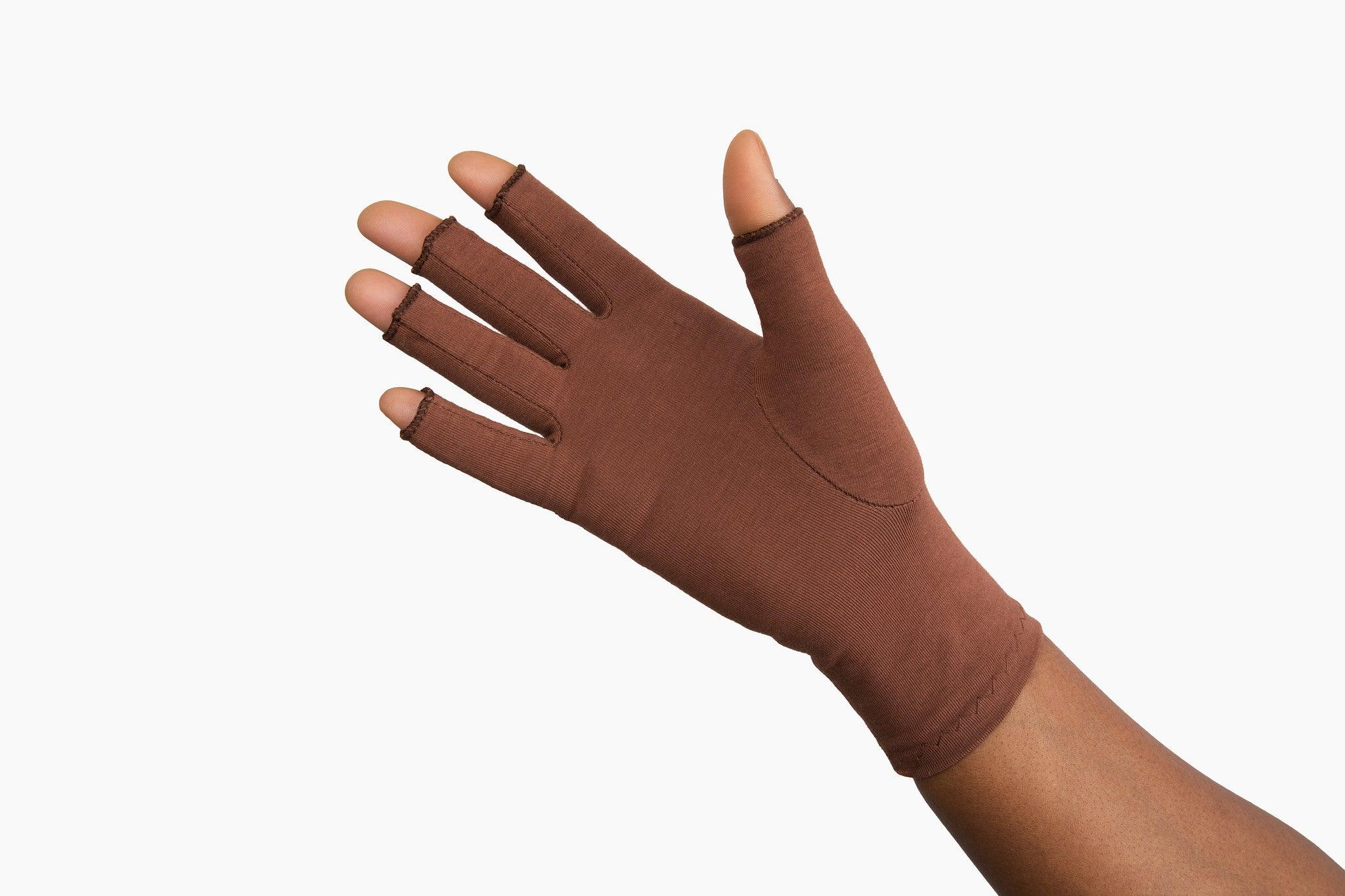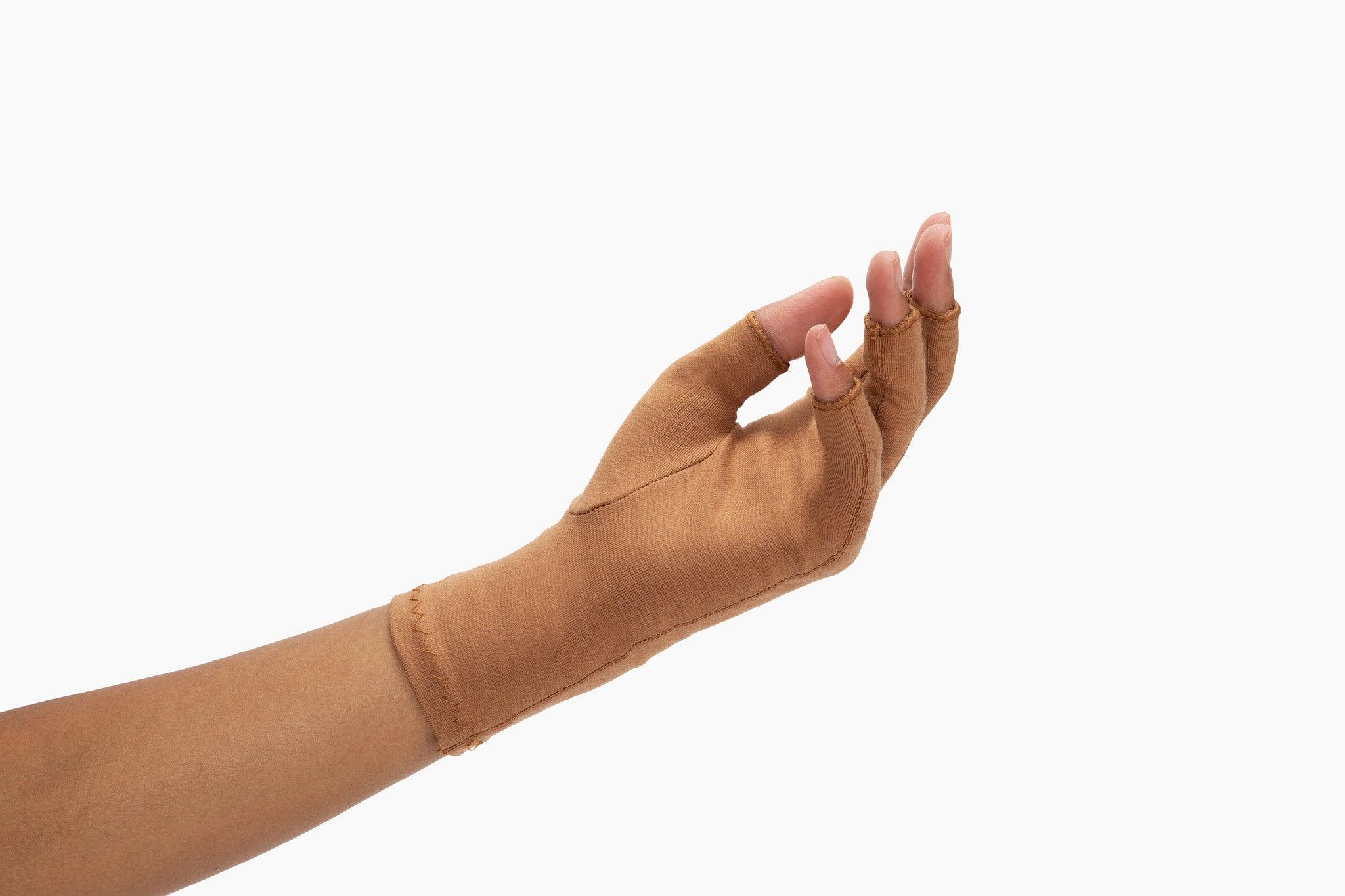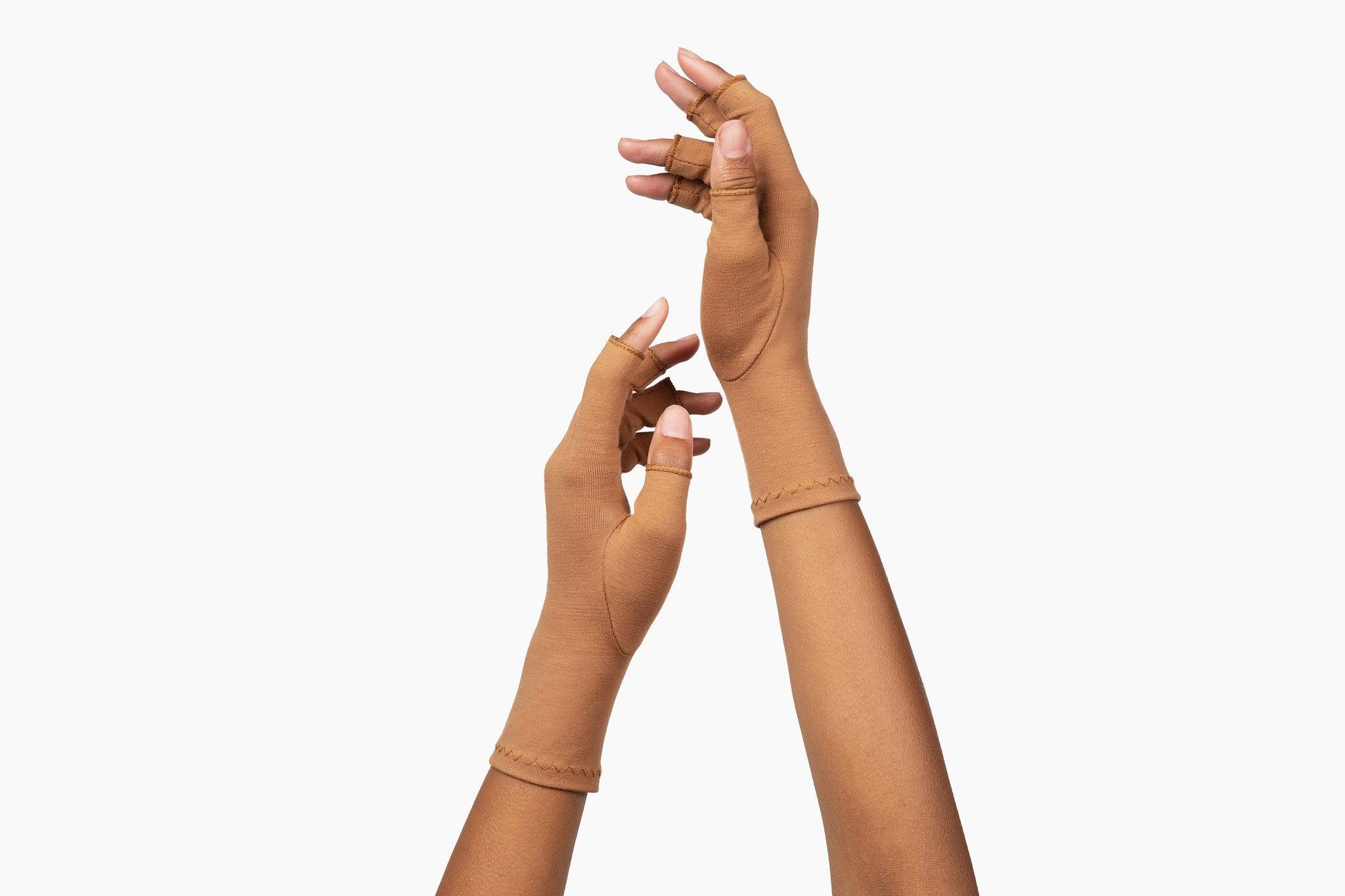If you have Ehlers-Danlos Syndrome (EDS), then you know what it’s like to live with chronic pain, joint instability, and fatigue. That said, there are ways to manage the symptoms of EDS that can help make daily life a little easier.
One of those strategies is compression therapy. Keep reading to find out more about why compression can be beneficial for people living with EDS.
How Does Compression Help?
Compression has been shown to reduce pain levels in people with chronic conditions such as EDS. This is because compression works by gently squeezing the affected area, which helps improve circulation and reduces inflammation.
Additionally, compression combined with bracing can help to keep hypermobile joints stabilized by providing extra support and reducing the strain on your ligaments - a key factor when it comes to managing EDS symptoms..
The good news is that there are a variety of different types of compression garments available today, from compression gloves and socks to vests and leggings.
Finding the right type of garment for you depends on which areas need support the most, and the level of bracing and compression required.
It’s sensible to consult with a medical professional before making any decisions about what type of compression garment would be most beneficial for your particular situation.
What else helps with EDS?
In addition to using compression garments, there are also other ways that people living with EDS can manage their symptoms.
Regular exercise is one way; physical activity has been shown to help improve mobility, reduce pain levels, and increase muscle strength—all things that can help make day-to-day life easier on someone living with EDS.
Additionally, it’s important to get enough restful sleep each night in order to give your body time to heal and recuperate from any stress or strain put upon it during the day.
Lastly, proper nutrition plays an important role in managing chronic conditions like EDS; eating a balanced diet full of whole foods will give your body the fuel it needs.
Conclusion
Compression therapy can be incredibly beneficial for people living with Ehlers Danlos Syndrome (EDS). Not only does it provide much needed support for joints that may otherwise feel unstable or weak, but it also helps improve circulation which leads to less inflammation and therefore less pain overall.
However, using compression should not be seen as an end all solution; rather it should be part of an overall lifestyle strategy that includes regular exercise, getting enough restful sleep each night, and following a well balanced diet full of whole foods in order to give your body the best chance at fighting off inflammation naturally over time.
With these strategies combined together along with regular visits with your healthcare team, you will have the tools necessary to manage EDS symptoms and keep doing the things you love.















































































Share and get 15% off!
Simply share this product on one of the following social networks and you will unlock 15% off!